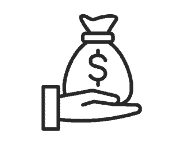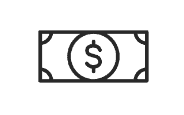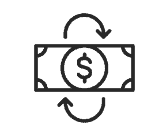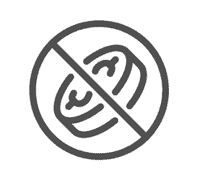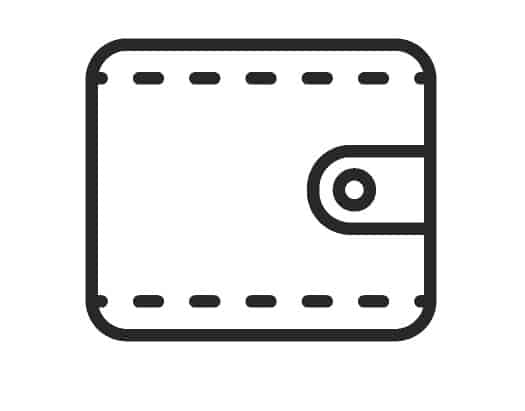Compare credit cards
Popular credit cards
How to use a credit card wisely
Expand your credit-card knowledge
- Why own a credit card with annual fees?
- Are credit cards good or bad?
- Credit card vs. debit card: what’s the difference?
- What credit card can you get with bad credit?
- Visa vs. Mastercard: what’s the difference?
- The average credit card limit in Canada
- How are credit scores calculated in Canada?
- What are the most exclusive credit cards in Canada?
- What is a good credit score?
- Rewards cards vs. cashback cards: which is better?
- Here’s why your credit limit is so low
- What are the easiest credit cards to get?
- APR vs. interest rate: what’s the difference?
- How to build credit without a credit card
- What’s the highest credit card limit in Canada?
- The eight types of credit cards
- What credit score do you start with in Canada?
Important credit card terms defined
Credit cards are among the most widely-used of any financial instrument. And there’s good reason for that. Credit cards are an easy way to pay for things, can help track spending, and many even provide rewards for doing nothing more than making your everyday purchases.
Credit cards can also be a helpful tool for avoiding high-cost debt or getting out of debt. Offers like 0% interest on purchases and 0% balance transfers can provide some breathing room for paying down debt, while not racking up additional interest.
But credit cards aren’t all fun and games. Interest rates are typically extremely high. And cash advances often carry even higher rates. Though it’s nice that credit cards make it easier to make purchases, it’s sometimes a little too easy to spend on a credit card. And since the nature of a credit card is to provide credit (that is: a loan), you don’t get cut off when you run out of money, the way you do when you stick to spending just the cash you have available.
Which all makes it no wonder that on average each Canadian household has more than $7,000 in credit card debt.
This makes it well worth while to spend some time choosing the right credit card for you and understanding how to use a credit card, so you get the benefits without running the risks.
Some offers on The Motley Fool are from our partners — it’s part of how we make money and keep this site going. But does that impact our reviews? Nope. Our commitment is to you. If a product isn’t any good, our review will reflect that, or we won’t list it at all. Also, while we aim to feature the best products available, we do not review every product on the market.

